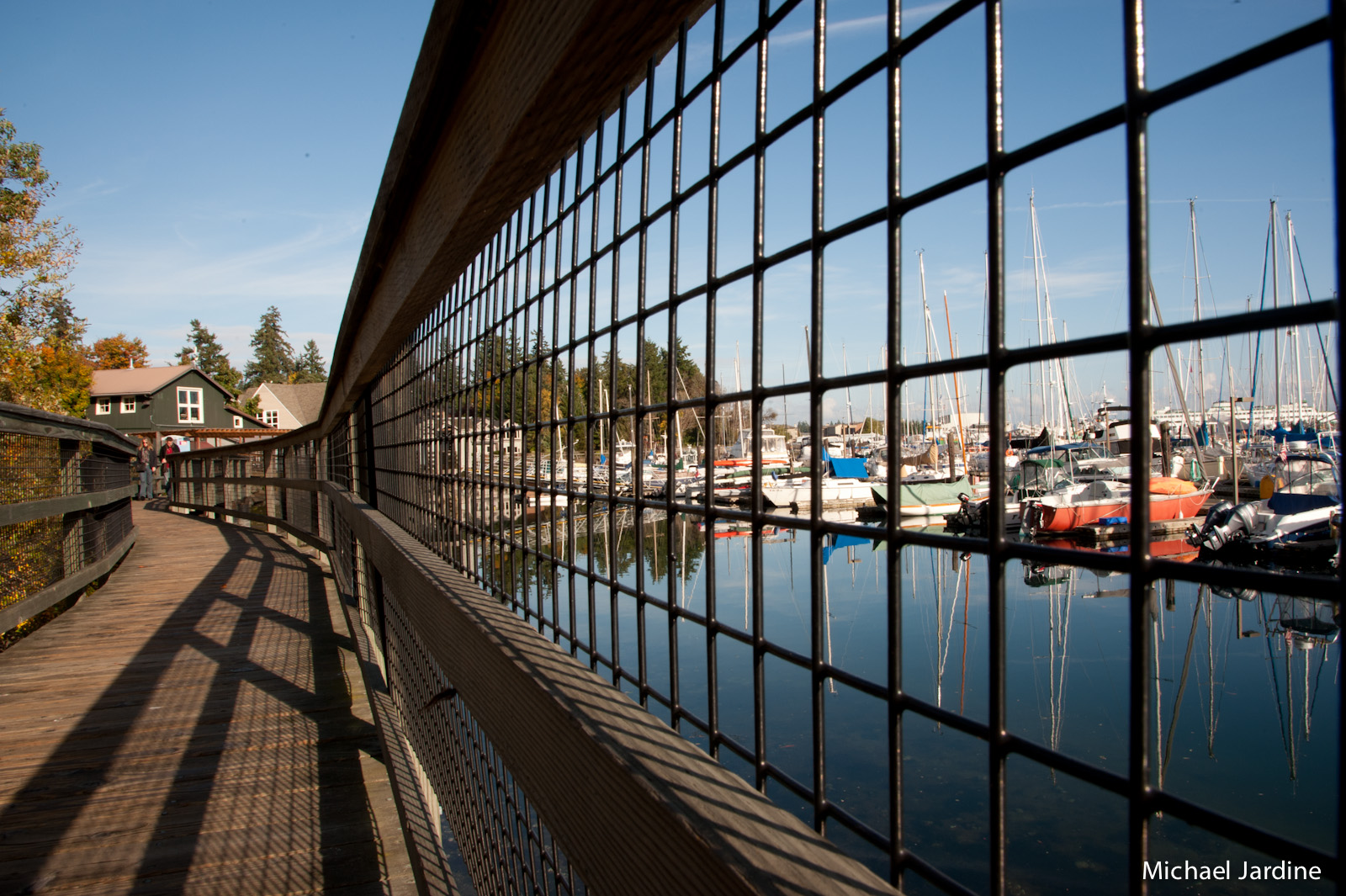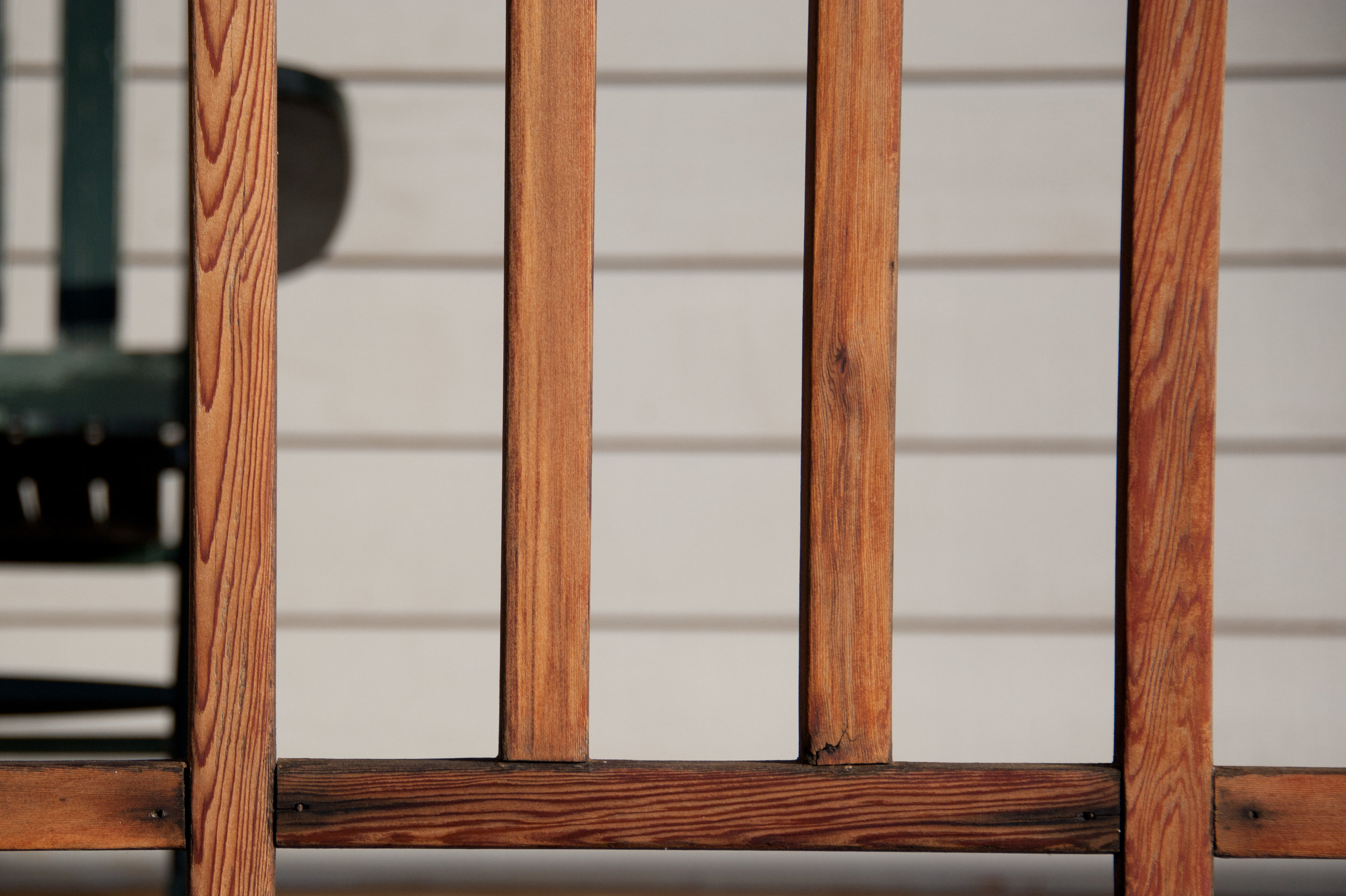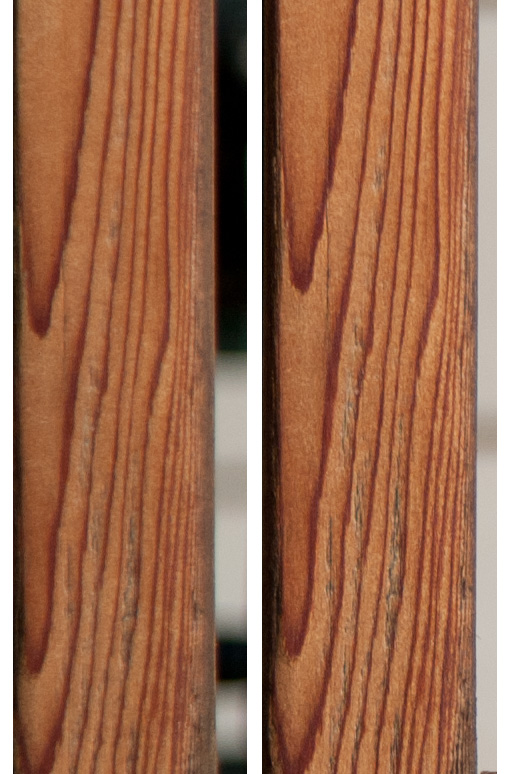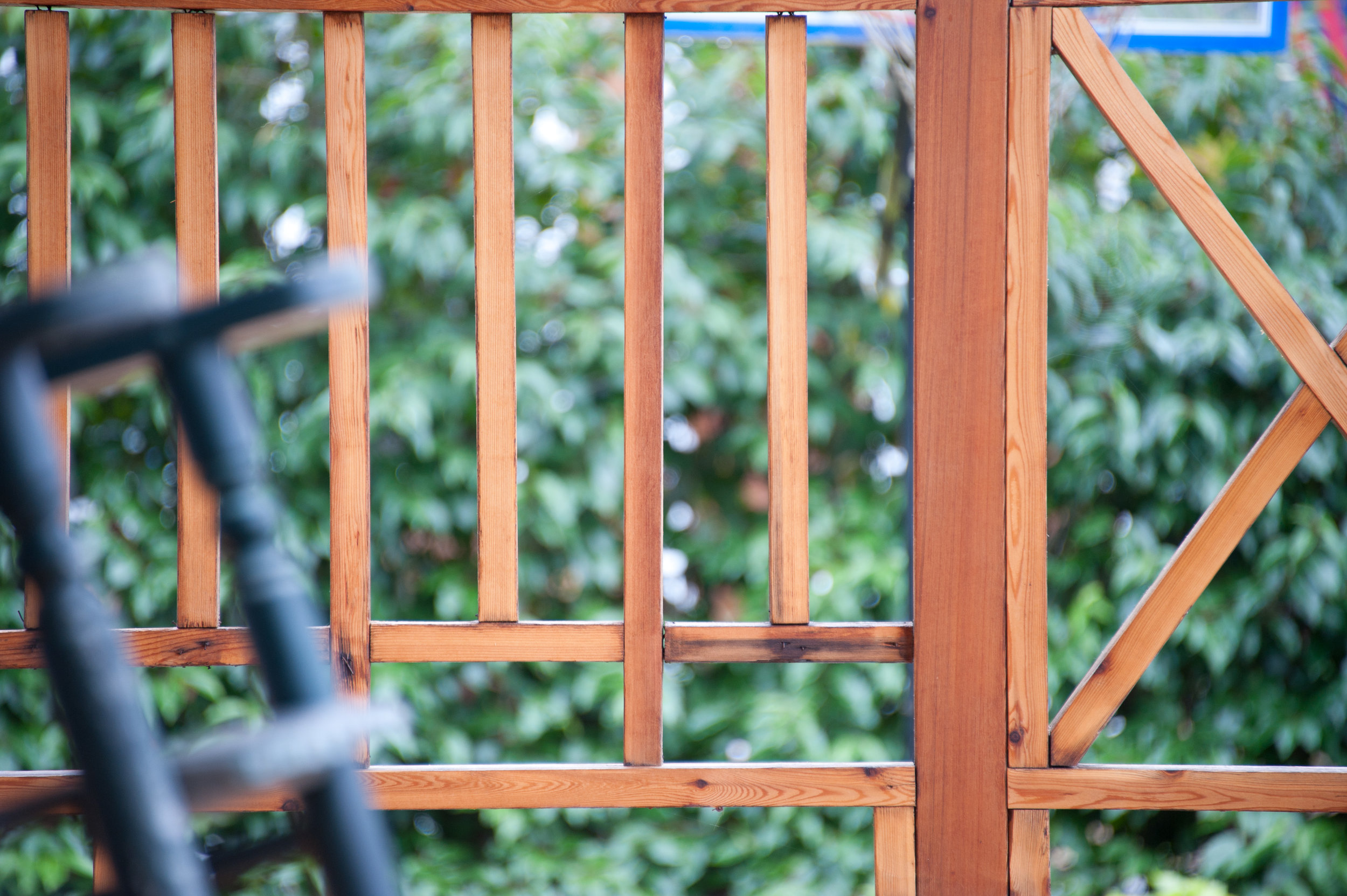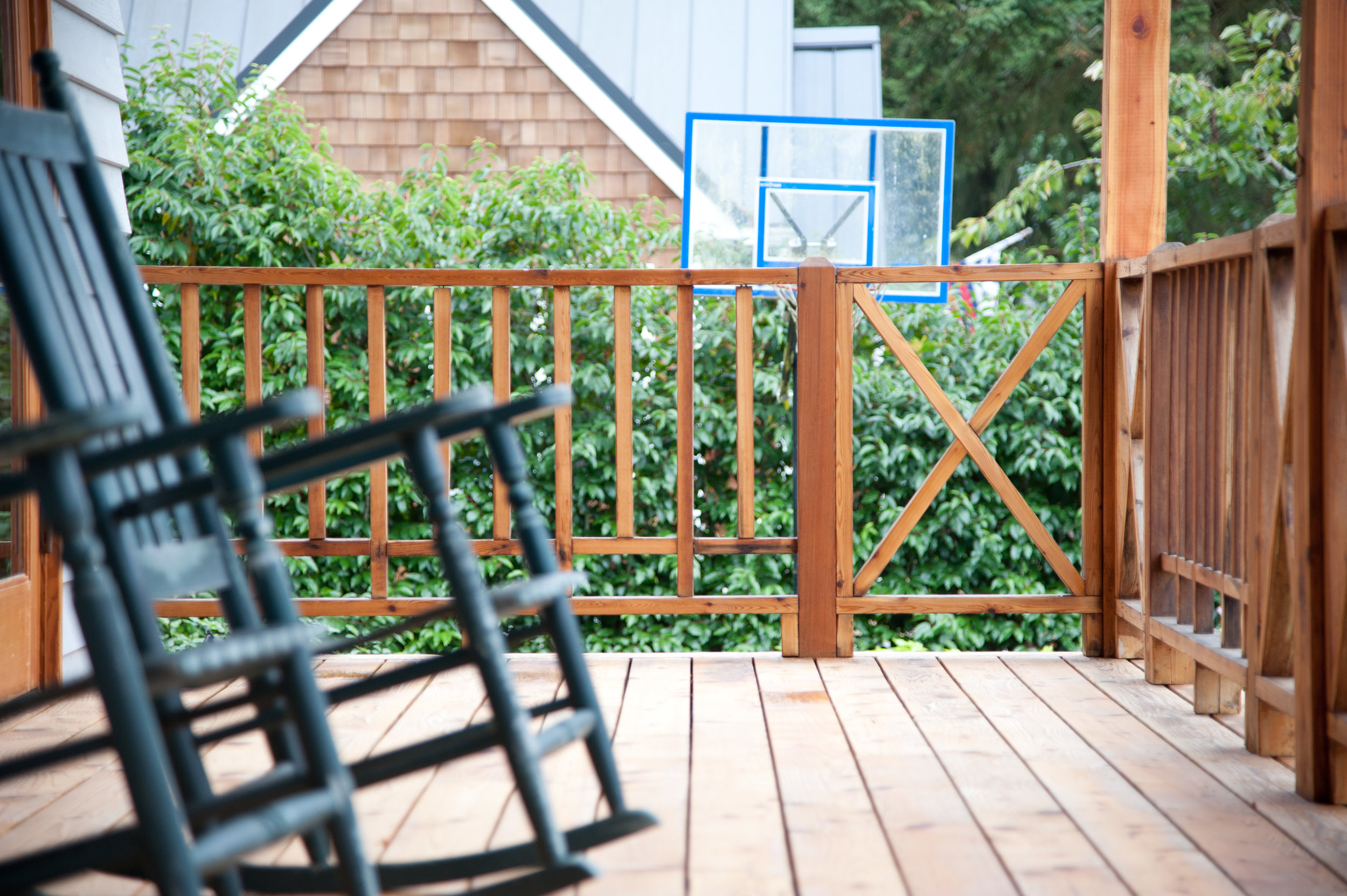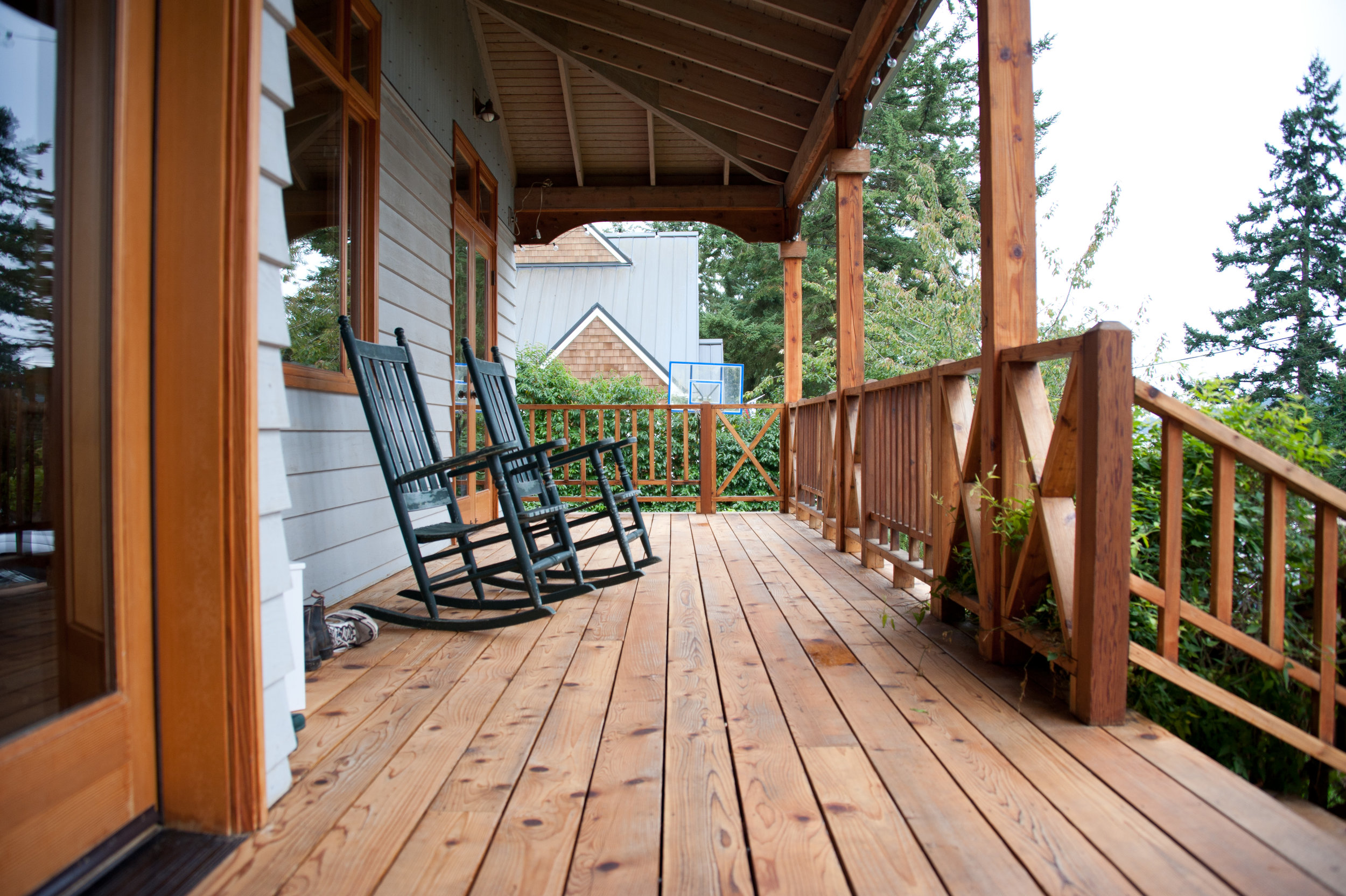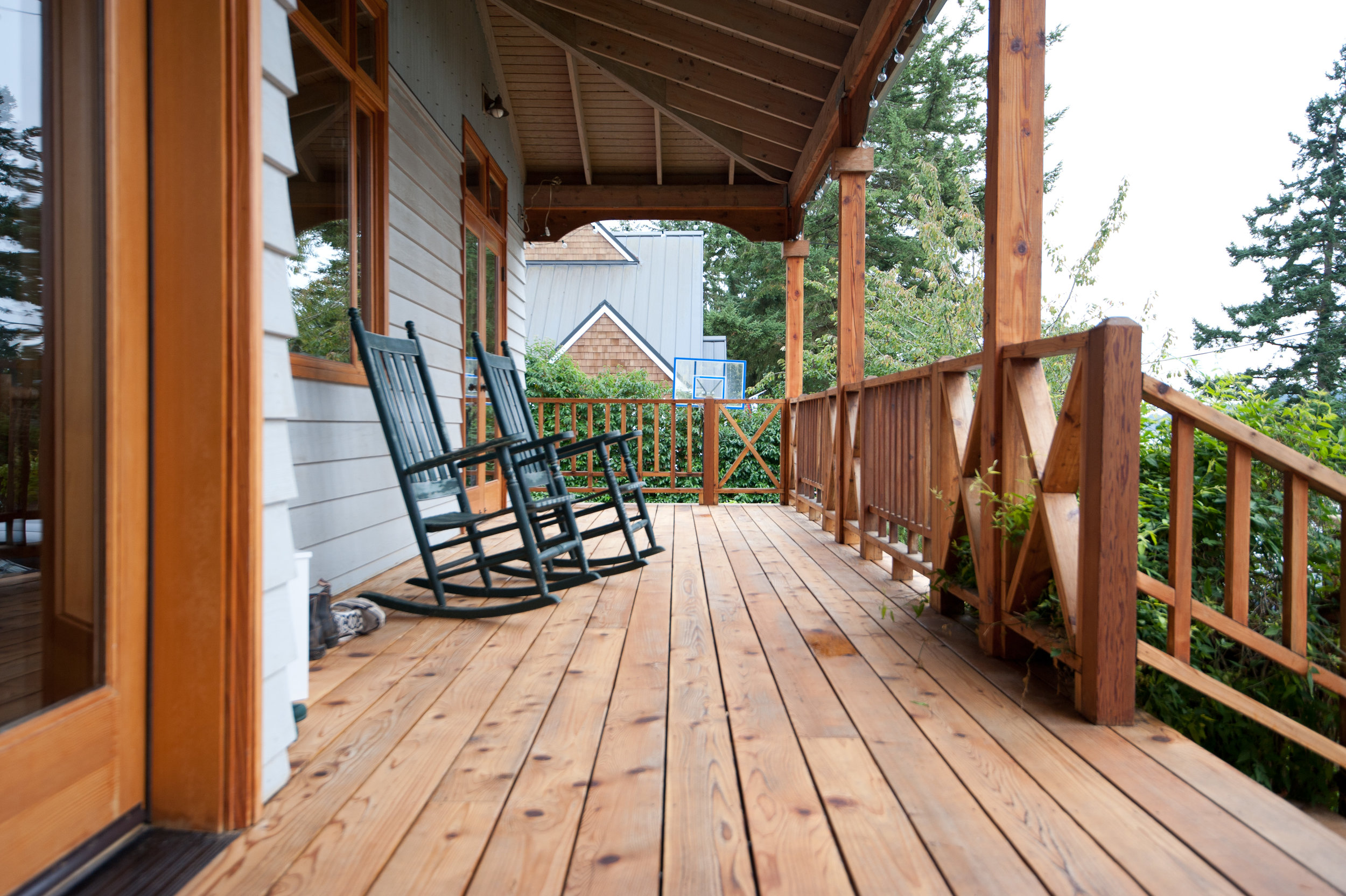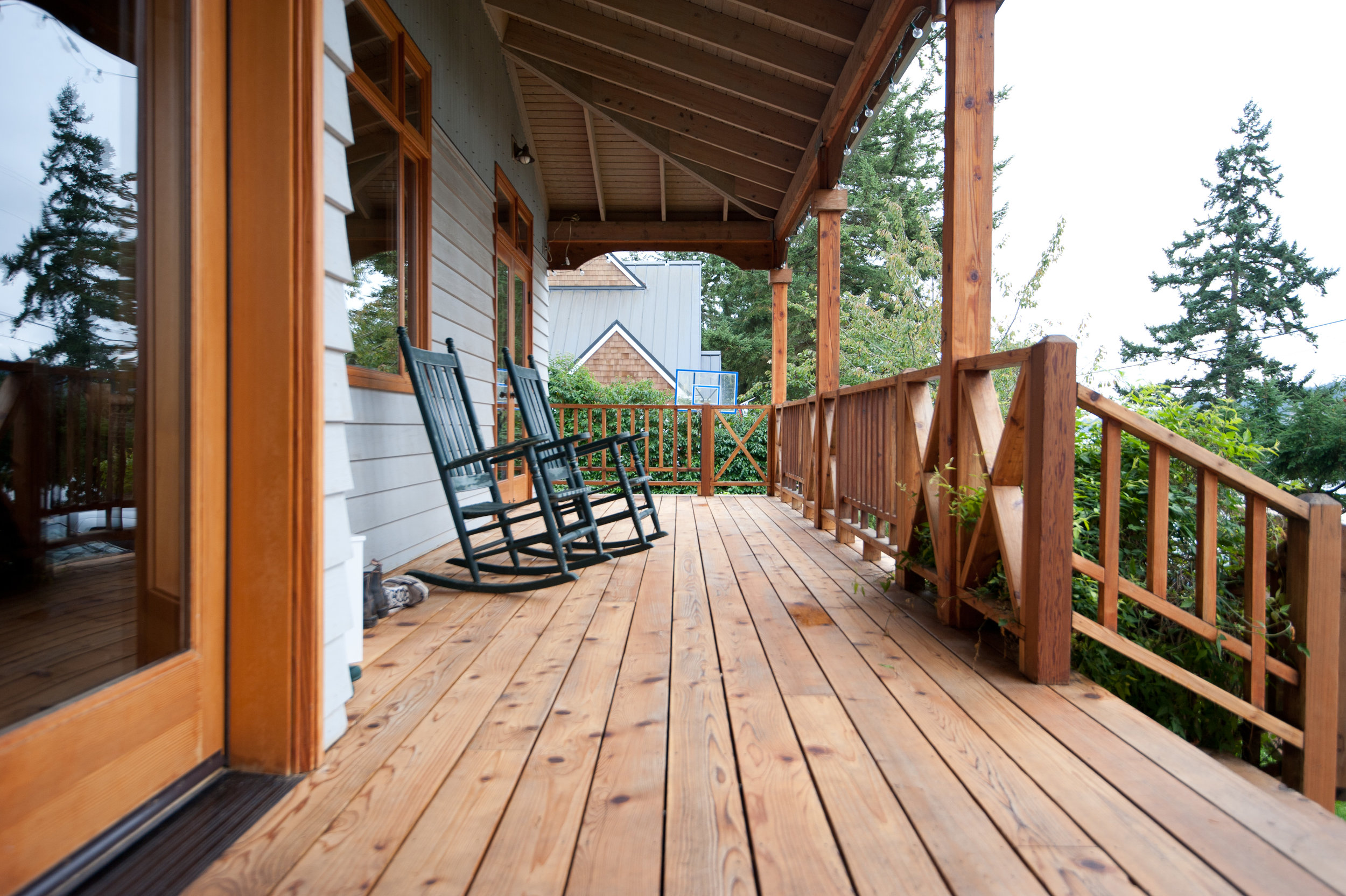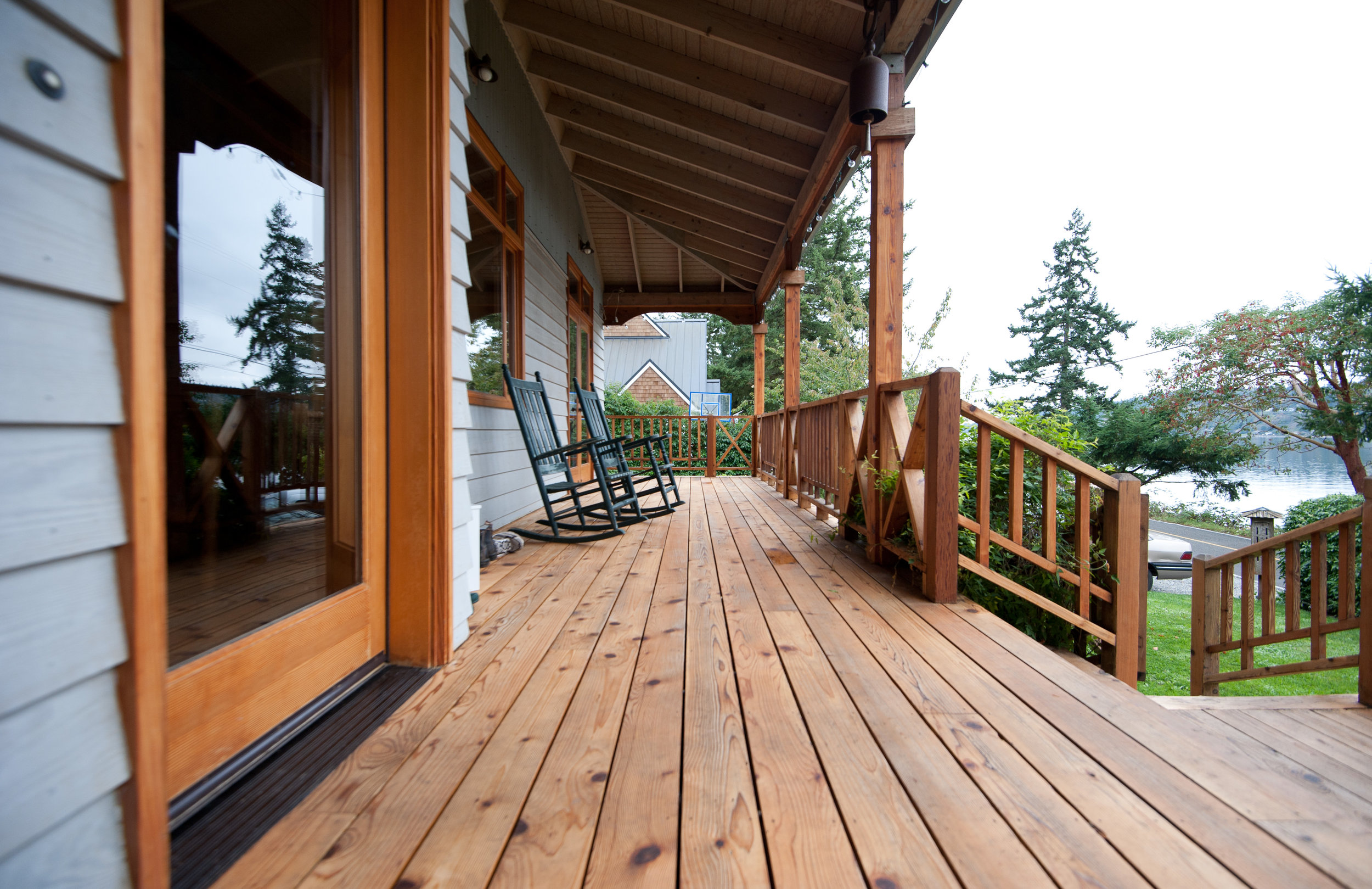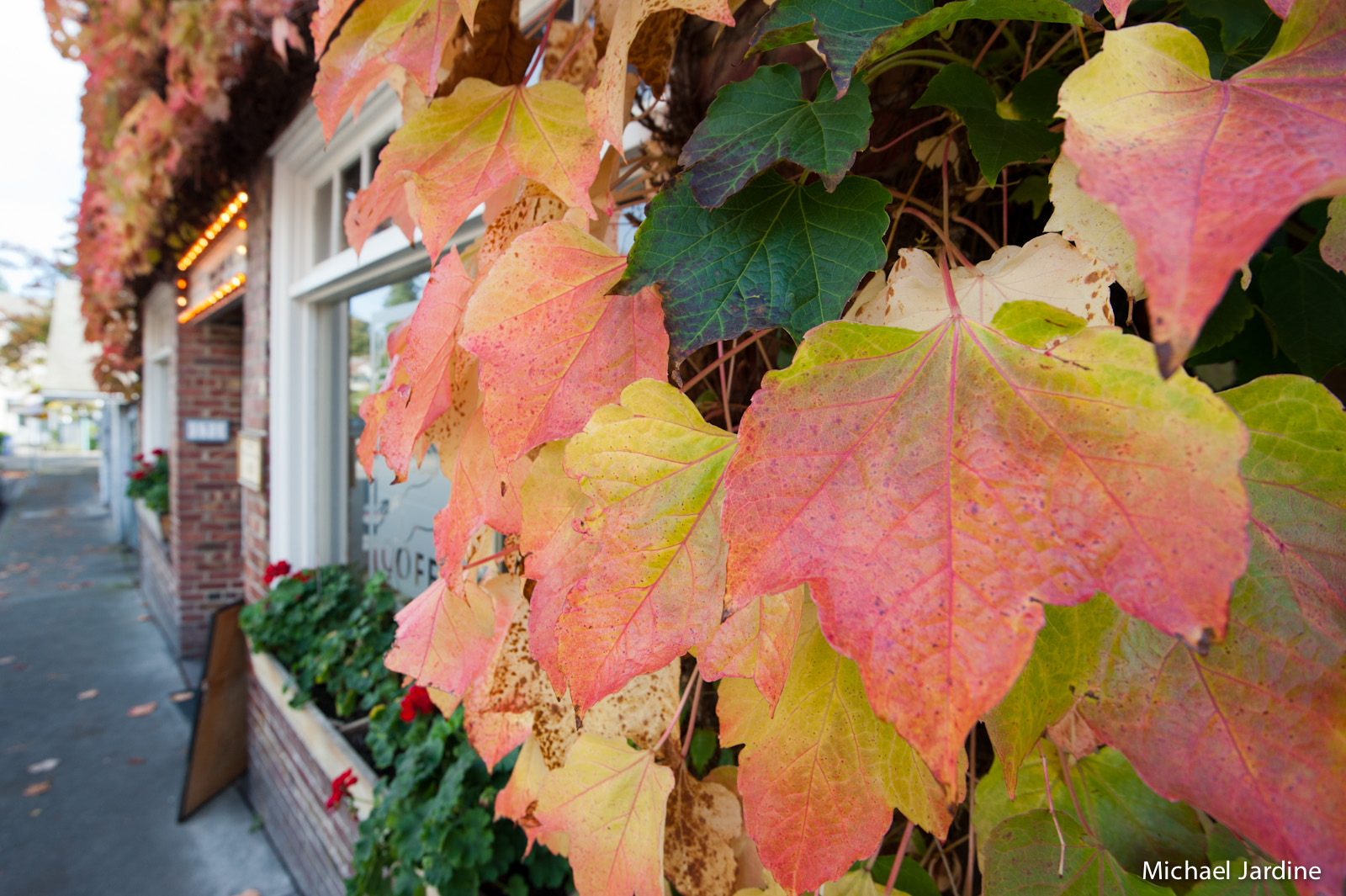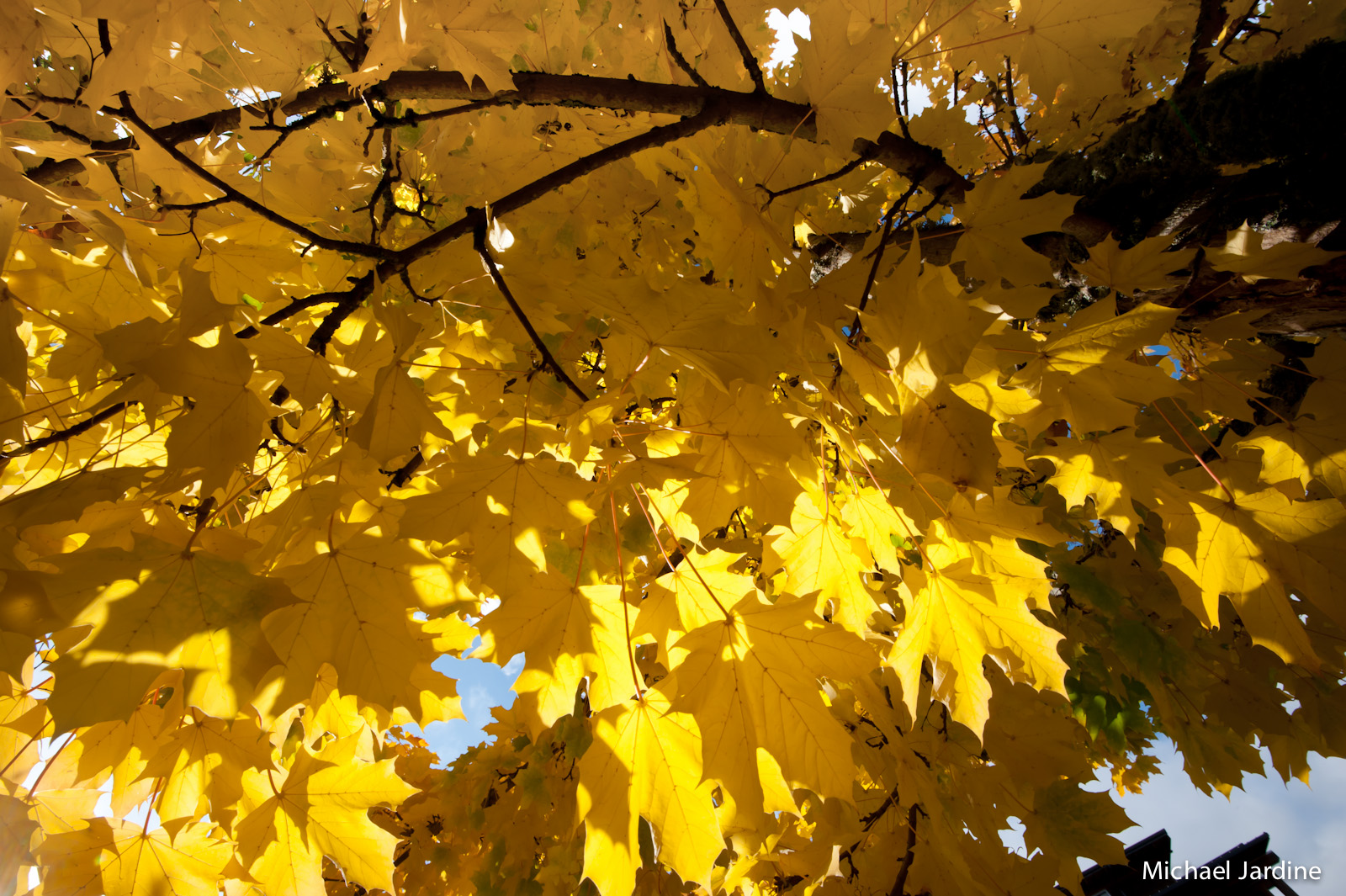A comparison of Nikon's 28-300 f/3.5~5.6, 24-120 f/4, and 16-35 f/4
This is mainly a comparison of the 28-300 and the 24-120. I head read that the 28-300 is actually a sharper lens, so that would seem to obviate the need for even considering the 24-120. But let's take a look. The first pair is a full photo comparison; the second pair is a full-res crop. I think it's pretty clear which is more sharp. These were taken hand-held, but the shutter speed on the 24-120 was faster because of the slightly lower f stop. Click to enlarge.
This shows a full-res close-up comparison of the two. 24-120 on left, 28-300 on right. Total pixel-peeping here.
The next set of comparisons shows both at various zooms: 28-300 at 300, 105, 70 and 28; the 24-120 at 105, 70, 28 and 24. I have paired them where possible, and they are also joined at the wide end by the 16-35 f/4.
All taken wide open, this time on a tripod, on a Nikon D700.
Down here at the wide end, you can see how each of the three lenses starts to get distortion at their respective widest limits of 28mm (for the 28-300), 24mm (for the 24-120), and 16mm (for the 16-35). These can be adjusted in LightRoom as you can see from the final shot, but the tarde-off is that you lose some of the angle of view, particularly on the vertical axis.
Having Some Fun
Okay, these are not comparisons - just some fun photos from each of the lenses that, to me, show the advantages of each.
28-300
This lens is sharp at all extremes. It's not great on bokeh (what do you expect?) but it has a very impressive short-distance focus, as you can see from the third and fourth photos. (You can also compare the "wood floor" photo with the 24-120.) Overall, I have to say I like this for its versatility. I would use it mainly as a travel lens, and usually switch to the 70-200 f/2.8 if I am able to carry it, but the upper end is also useful if you need to catch something close-up and don't have time to switch lenses.
24-120 f/4.0
Excellent, crisp "walk around" lens that is fun down at the 24mm range, particularly if you don't have the 16-35. But I have the 16-35, and that is actually my "main" lens. So I would probably go with the 28-300 which provides the perfect overlap between my 16-35 and 70-200.
Notice the vignetting in this next picture, at 70mm. 
16-35 f/4.0
I had the 17-35 f/2.8 which is a "professional" lens and, I have to say, there were soft spots in the lens - particularly in the upper right quadrant. It drove me crazy. I had to bump it up to f/5 to get any real clarity. So I traded it in for the 16-35 f/4 and absolutely love it. It's sharp at all parts of the screen. The only problem is significant distortion at 16mm but, as you can see in the comparison series, it's distortion free even at 20mm for your architectural photos and the added distortion at 16 just means you don't place any building or peoples' faces at the extremes of your photo. Unless you want it! All of these were taken at 16, with no distortion correction.

